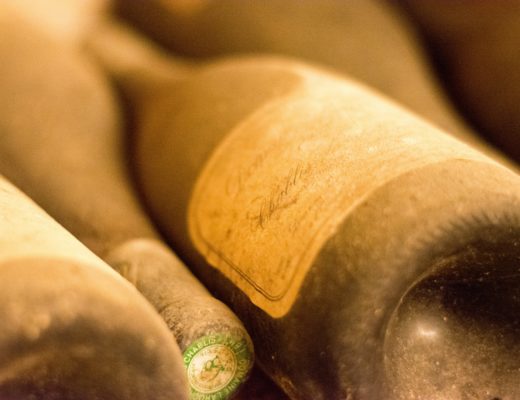As we all know, wine is a beverage that’s more than the sum of its parts. Sure, it seems as though it’s essentially a little more than grape juice… but within it, you’ll find flavors and aromas galore, and all kinds of components which come together to create a unique, and often utterly fascinating set of characteristics.
In this article, we’re going to be talking about tannins. Every wine features a balance of different features, including acidity, alcohol, body and tannins. But what exactly are tannins, and why are they so important to the structure and ultimate personality of your wine? Let’s take a closer look, and find out more.
Tasting Tannins
You know when you drink a really full-bodied red wine – something like a young Cabernet Sauvignon or a boisterous Austrian Zweigelt – and your mouth dries and puckers as the liquid coats your tongue? That effect is caused by tannins. All red wines contain a certain amount of tannin, while white wines generally lack this feature (unless they’ve been barrel aged).
Tannins are not just present in wines. In fact, they occur in a wide range of foods and drinks, which you’ll be able to identify by a particular drying astringency or bitterness (which is not as unpleasant as it sounds) on the palate. Other examples include tea leaves, dark chocolate, nuts with their skins intact – such as almonds or walnuts – and other fruits such as pomegranate and quince. Take a bite out of an unripe fruit of almost any kind, and you’ll experience that furry-tongued sensation that tannins immediately provide.
Where Do Tannins Come From?
Tannins are a naturally occurring polyphenol found in most fruiting plants, and are most heavily concentrated in the skins of fruits, as well as in the leaves, stalks and seeds.
They play a pretty important role in a plant’s life cycle, as they provide the bitter taste and astringency which makes their unripe fruits unpalatable to the animals they rely on to spread their seeds. Once the fruit is ripe, tender, and ready to perform its purpose, the tannins soften… and those lovely berries suddenly become irresistible to birds and other animals who feed on them.
Why Do Winemakers Use Tannins?
Winemakers use tannins to add a textural element to their produce, and to encourage that particular dryness which gives red wines their structure and balance. It’s an important component in the overall character of a decent red wine, although getting the balance right is key. Too little tannic character, and the wine will seem too light-bodied, too flimsy and watery. Too much tannin, and the wine may be a challenge to enjoy in the face of all that dryness.
As red wines have had considerable contact with the grape skins during the maceration process – and white wines very little contact with their skins – red wines will always have a stronger tannic character. Very high tannin red wines (like the aforementioned Zweigelt and Cabernet Sauvignon) might even be too tannic when first released. Luckily, slight oxidation (allowing the wine to ‘breathe’) and barrel aging softens those tannins over time, and reduces the harshness and astringency they cause on the palate.
When it comes to white wines, a little tannic character goes a long way. Because there will always be some content with the grape skins in the production of white wine (even if that contact is very minimal), some of the tannins in the skins will be expressed in the resulting wine, giving a hint of structure to even the lightest of white wines. When a winemaker wants to bolster this component, they can rely on the natural tannins present in wood barrels to increase the tannic character of their wine.





